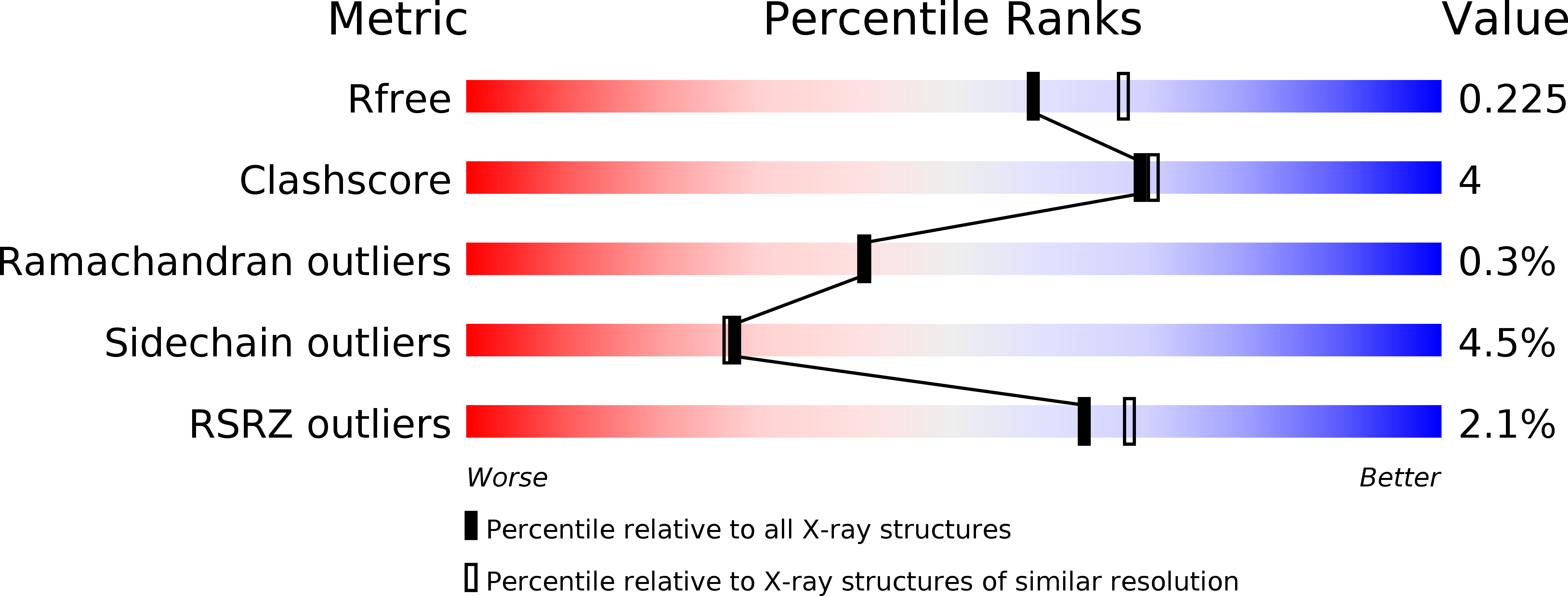
Deposition Date
2014-11-18
Release Date
2015-10-07
Last Version Date
2023-11-08
Method Details:
Experimental Method:
Resolution:
2.10 Å
R-Value Free:
0.21
R-Value Work:
0.16
R-Value Observed:
0.17
Space Group:
P 21 21 21


